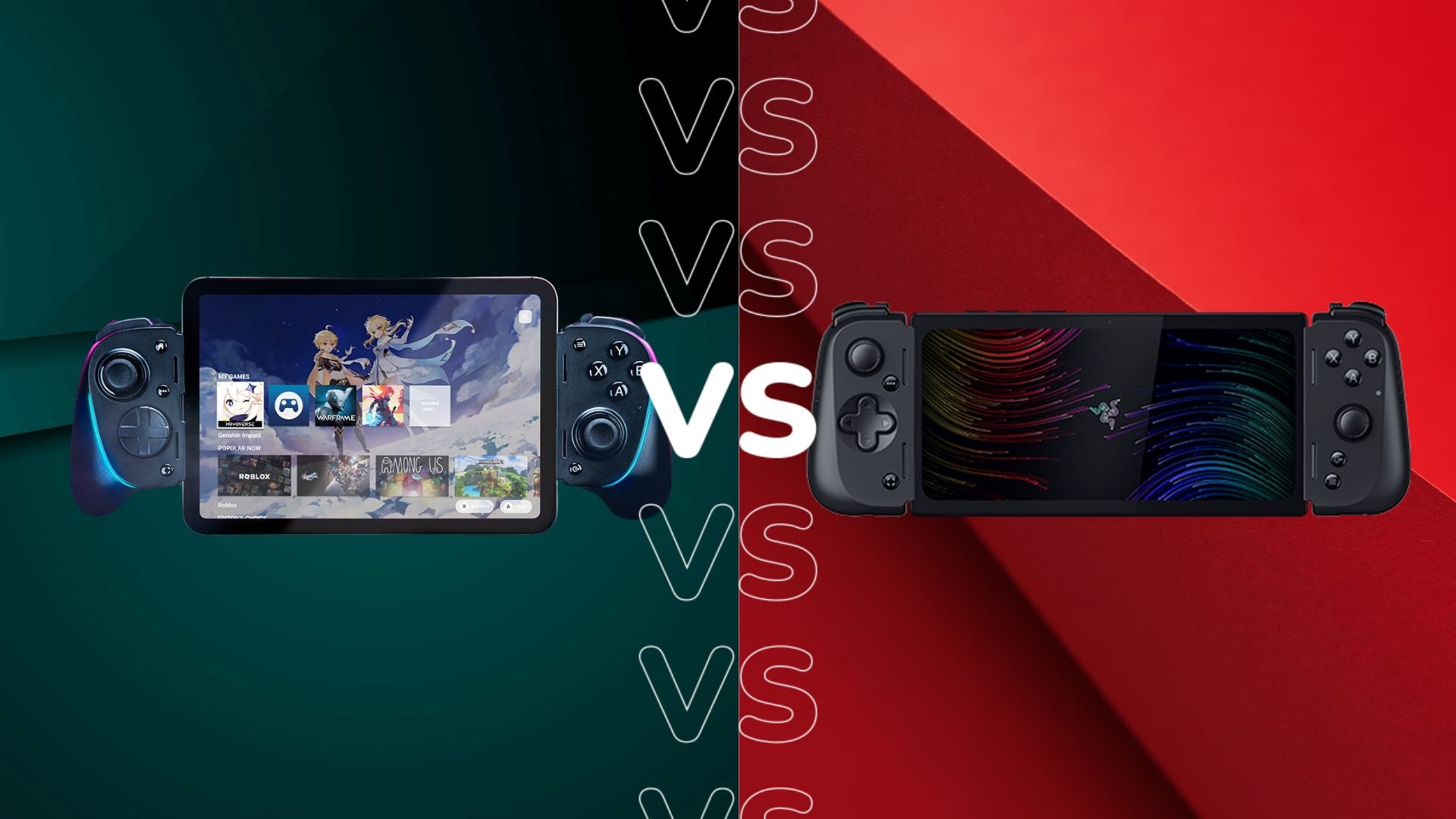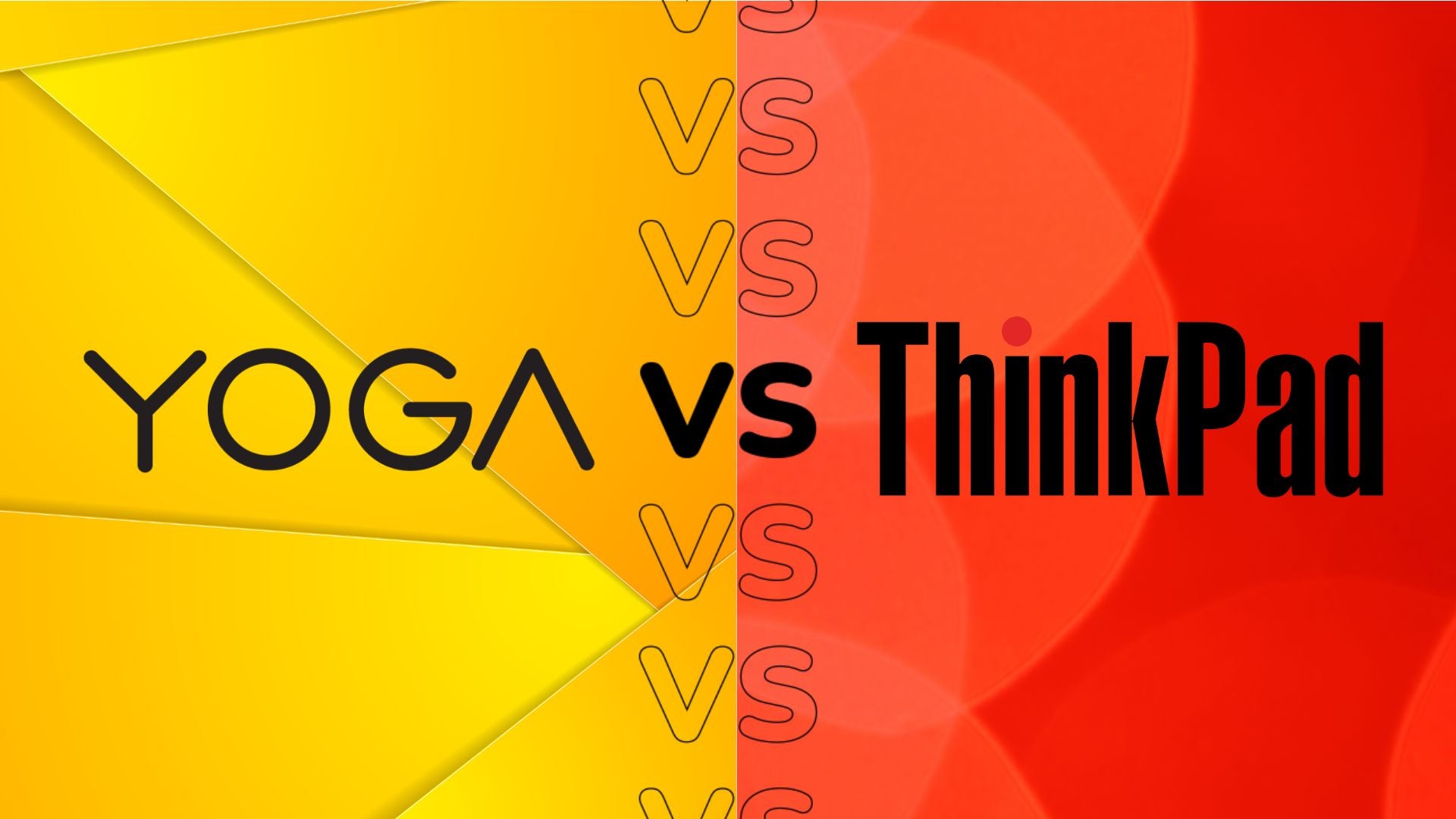Apple HomePod 2 vs HomePod: Is it worth upgrading?
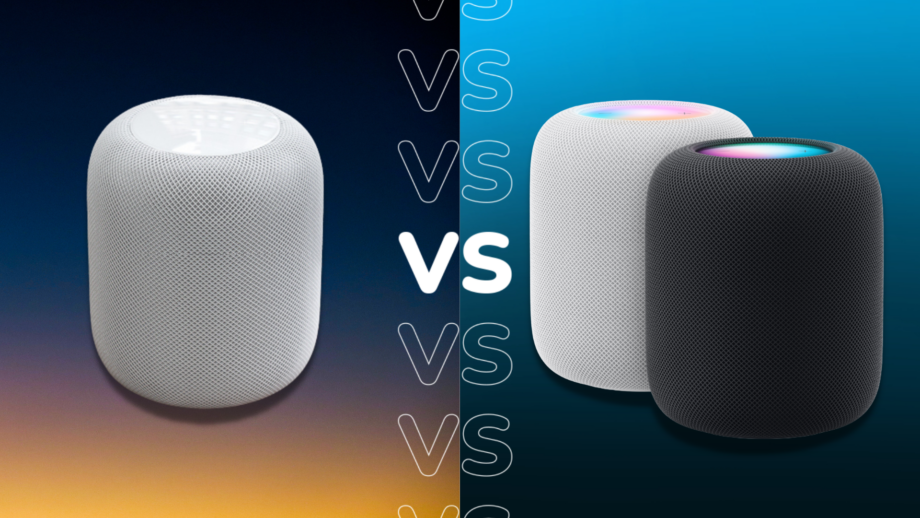
Apple surprised us with an updated HomePod 2 in early 2023, just a couple of years after the original HomePod was discontinued.
What was even more of a surprise was that the HomePod 2 looked very similar to the previous model, and it came with an eerily similar price tag.
So what is actually different and how do the two HomePod models compare? Should you ditch your original version for the new model, or is it worth searching out the older HomePod instead?
Price
In the UK, the HomePod retails for £299, which is slightly less than the original £319 price tag attached to the original. However, Apple did eventually drop that RRP to £279 – so the new model is actually a little pricier.
In the US, the HomePod 2 starts at $299. Similar to what happened in the UK, the speaker first launched at $349 but dropped to $299 shortly after.
Design
On first inspection, it seems the HomePod 2 is virtually indistinguishable from its predecessor. Both are cylindrical speakers clad in meshy fabric which sits just under seven inches tall. Both have a firm base, a display on the top and an attached power cable.
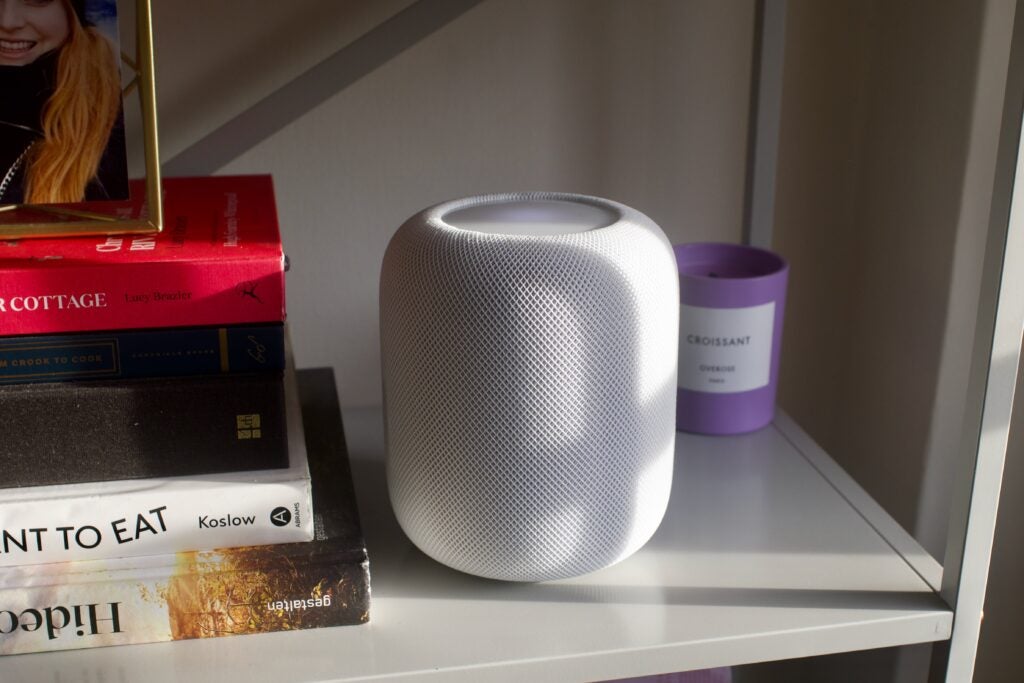
Look a little deeper and it’s clear that Apple has made some smart tweaks to the blueprint for the HomePod 2. None, for us anyway, are worth the upgrade but if you’re coming in fresh then there are benefits to be had.
The power cord, for example, is no longer captive to the device, meaning if it gets frayed it can simply be swapped out for a fresh one. We tried a few power cables and they all worked. Previously you’d have to get Apple to service the HomePod to replace a faulty power cable.
The display on the top is also larger now, spreading across the capacitive volume up and down keys. The display isn’t the most useful, used mainly for visual cues highlighting when music is playing or Siri is listening, but it does look better in its larger form.
Apple has decreased the weight slightly, slicing 200g off the dense speaker. This is likely due to the removal of some of the internal components and won’t make much difference once the HomePod is in place.
There’s also a minor tweak to the colours. While the white model remains the same, the Midnight version is a little bluer than the dark grey option sold before.
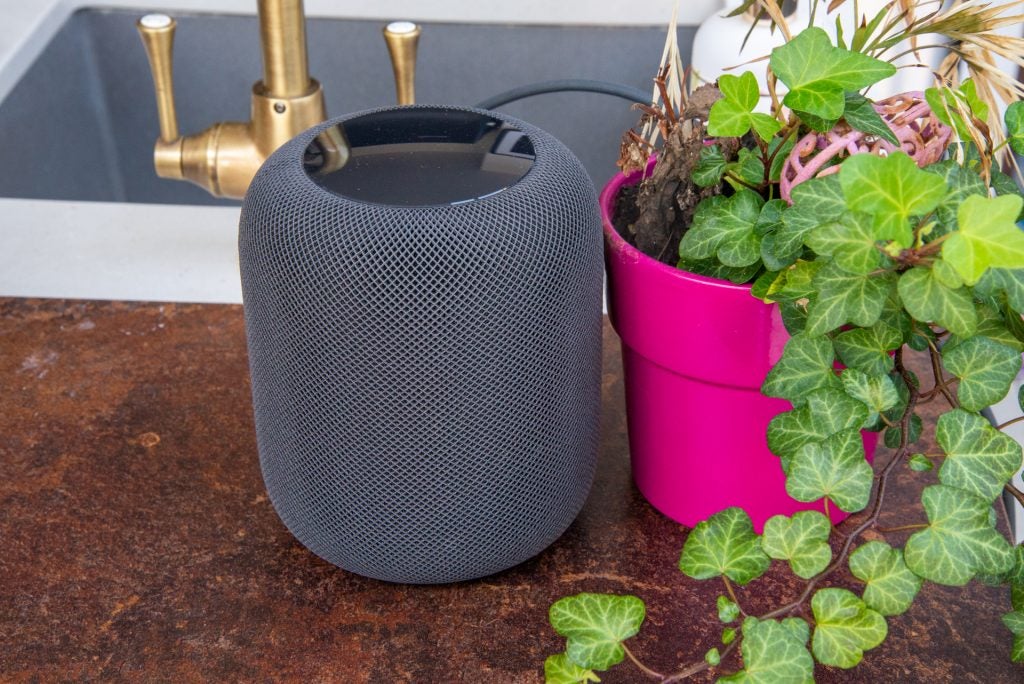
There’s really not much to set the two HomePod models apart when it comes to design. They both look simple and the fabric covering helps them blend subtly into lounges and bedrooms. They don’t scream “I am a speaker!” as the Sonos One does.
Sound Quality
We have spent hours listening to both HomePods, testing them with hundreds of songs from Spotify and Apple Music and the conclusion is that they both sound great. Though there are certainly some improvements this time around, Apple hasn’t completely changed the sound signature and the overall sound is similar.
This might seem like a surprise – Apple discontinued the original HomePod a few years ago and releasing it again at a similar price point without a bevy of big sound changes is odd. Truth is that the HomePod always sounded great, and the HomePod 2 keeps that sensational audio going.
Both models let you pair two together for true stereo playback and you can connect both up to an Apple TV 4K for Atmos audio from your television. Note however that you can’t pair up an original HomePod and HomePod 2 – they need to be from the same generation. While this seems a little petty and a way to entice people to upgrade, the differences in the internal setup does mean they wouldn’t sound the same if paired together.
There are plenty of changes internally, and there’s every chance that the tweaked construction makes these easier for Apple to build. There are now five tweeters, rather than seven, plus a four inch woofer and five microphones (again, less than before).
Both HomePods use those mics to adjust the audio depending on where it’s placed in the room and the reduction of the amount doesn’t diminish its room-filling skills at all. Place this by a wall, behind a chair or smack bang in the middle of a big room and it intelligently adapts the audio to the surroundings. Think Sonos’ TruePlay but without the faffy manual setup.
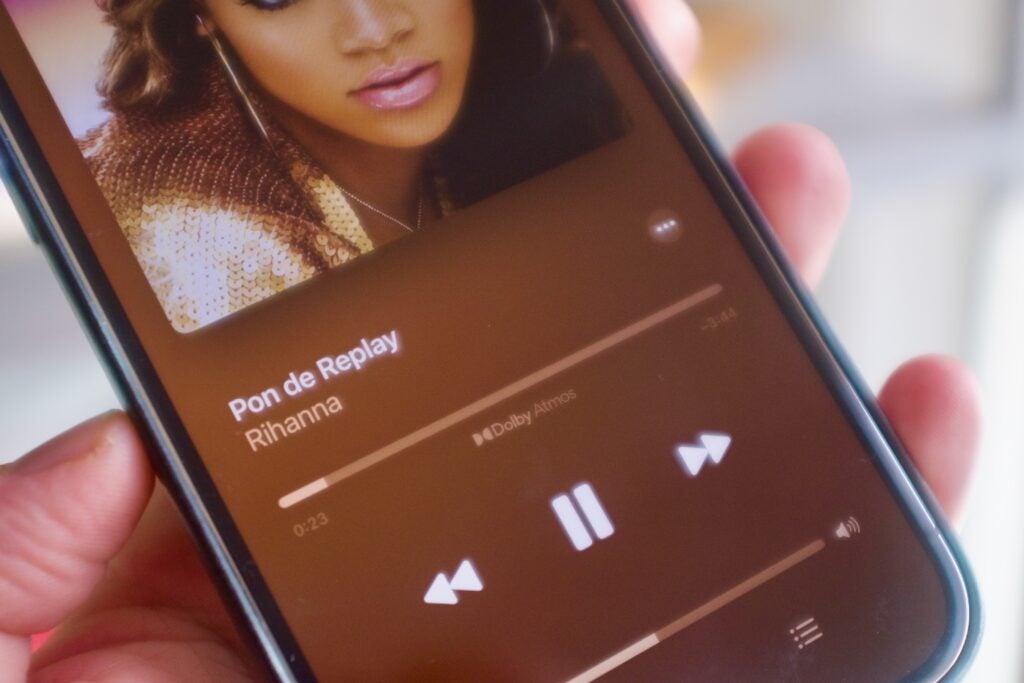
Don’t let the reduction of internal components put you off though, Apple has obviously upped the speaker’s smarts to make up for it. Putting them side-by-side, there are some improvements for the sequel.
Spatial Audio in the Dolby Atmos format streamed from Apple Music sounds, to our ears, better coming from HomePod 2. There’s more space between the vocals and backing vocals in Beyonce’s Cuff It, while the soundstage is wider in the opening chimes of Fleetwood Mac’s Dreams. The spatial effect just sounds more prominent when coming from the newer model.
The bass is a little stronger too, though the original HomePod is no slouch in this area. Pump up Kendrick Lamar’s Humble or Rihanna’s Pon De Replay and the bass makes itself known ever so slightly more.
Features
As excellent as both the original HomePod and the HomePod 2 are for audio, they both pack home-based smarts too. Siri is the voice assistant of choice and can be used to control smart home tech that is set up inside the iOS and macOS Home app. You can also ask Siri to play music, though this doesn’t work with Spotify.
New for the HomePod is a Thread radio, allowing the speaker to be used as a base station for Matter-enabled smart home tech. This is a new standard that allows tech from lots of brands – Google, Amazon, Apple and Hue – to speak to each other. It might not be common yet but it will certainly get more popular and it’s great to see it integrated into the HomePod 2.
The HomePod 2 also has both an integrated temperature and humidity sensor, so you can set up an automation that, for example, turns on the heating when it drops below a certain temperature. The HomePod Mini also had these sensors enabled by a recent update but they’re not available on the original HomePod.
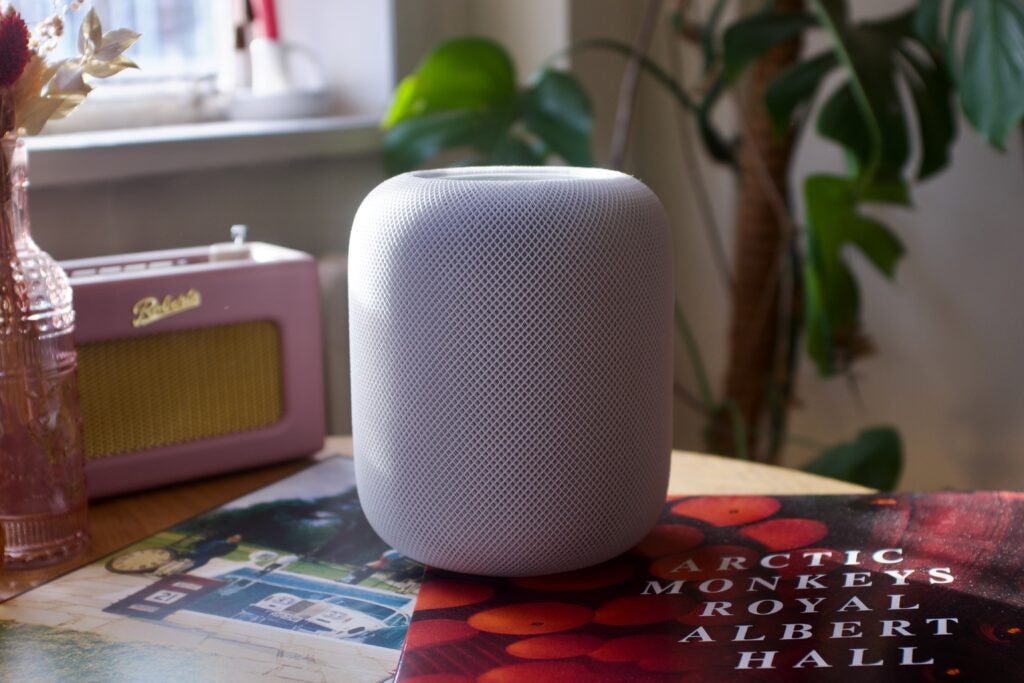
Both models let you handoff tunes from an NFC-toting iPhone and both require an Apple device for the initial setup.
Verdict
The HomePod 2 is lighter, packs a bigger top display and integrates a number of handy sensors inside for keeping an eye on your home. When it comes to sound though, there’s not much to set the new model apart from its predecessor.
We’ve spent hours listening to both and they both sound very good for their size, even though the HomePod 2 actually has fewer internal components. Sometimes we felt that the original HomePod sounded better but other times the HomePod 2 pipped it, especially when playing Atmos audio. It’s a close call though and there’s very little in it.
With the original HomePod discontinued and hard to find, especially at a sensible price, there’s no reason to pursue it over the HomePod 2 model. Though, we wouldn’t say there’s much need to upgrade if you already have one of the original models and it’s working fine.






